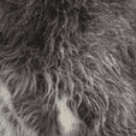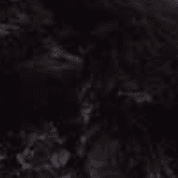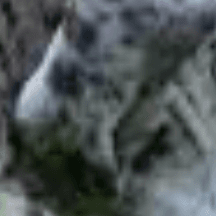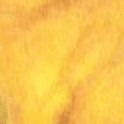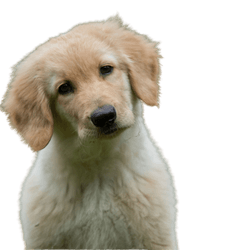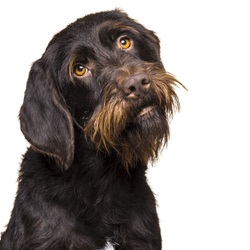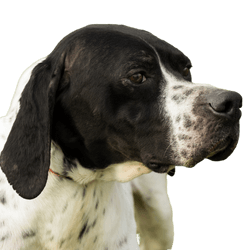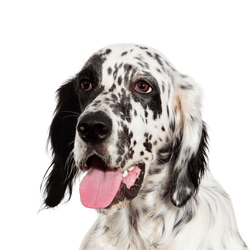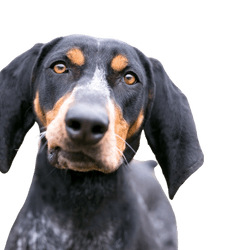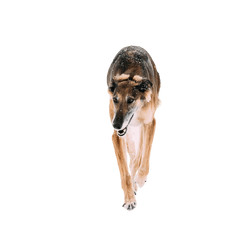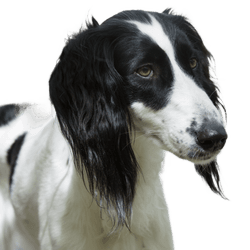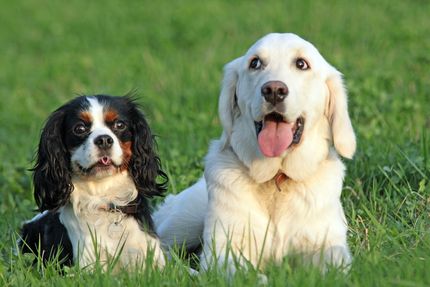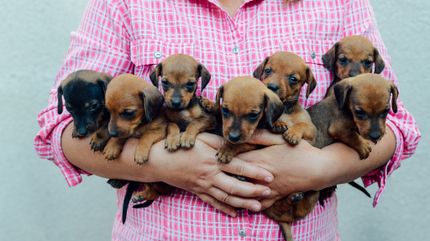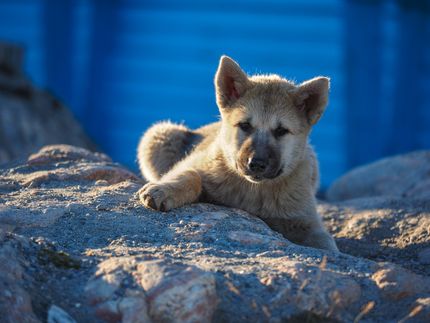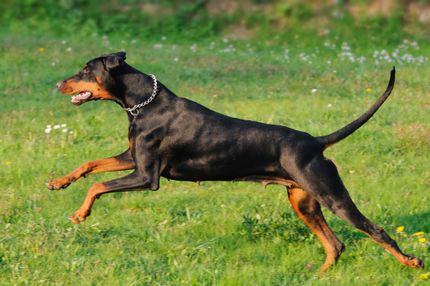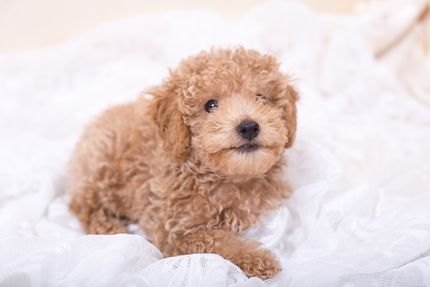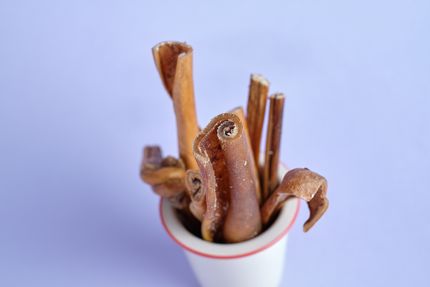Facts & Origin
The Old German Shepherd Dog resembles the German Shepherd Dog in many ways. The main difference is the length of the coat. The top coat of the Old German Shepherd is significantly longer. He is also said to have a calmer temperament and a higher irritability threshold. He enjoys great popularity as a companion and family dog. As the name suggests, the old German Shepherd Dog and the German Shepherd were originally used for herding sheep. According to the FCI, the Old German Shepherd does not actually exist. It is not recognized as an independent dog breed by the FCI. Instead, it is considered merely a variant of the German Shepherd Dog. As a rule, the name Old German Shepherd refers to long-haired or so-called long-coated German Shepherds.
What is the origin of the Old German Shepherd?
The dog breed originates from Germany. As early as the 7th century, the ancestors of Old German Shepherds lived in Germany. Their task originally consisted of herding sheep. The shepherd dogs were considered reliable and resilient. Because of their alertness, the self-confident and intelligent dogs were soon used as guard dogs, protection dogs and service dogs for the military and police. In 1899 the "Verein für Deutsche Schäferhunde e. V." (SV) was founded. It still sets the breed standards for the German Shepherd Dog today. At first, the association also allowed long-haired German Shepherds. Later, it excluded them from breeding. In 2010, longhaired sheepdogs were again recognized by the FCI as a variant of the German Shepherd Dog and approved by the SV. The breed or variant is classified in FCI Group 1: Herding and Drifting Dogs, Section 1: Sheepdogs.
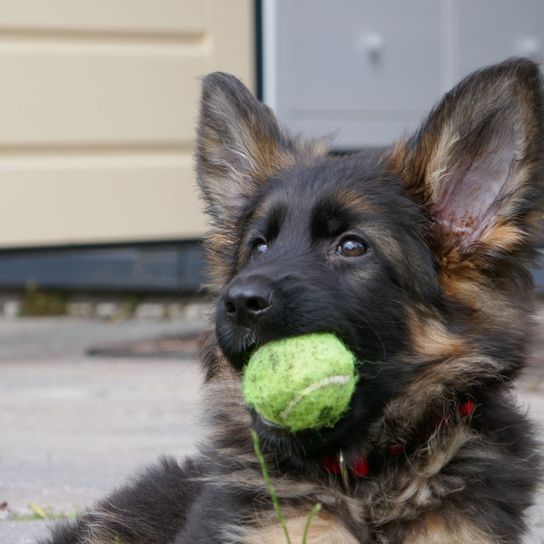
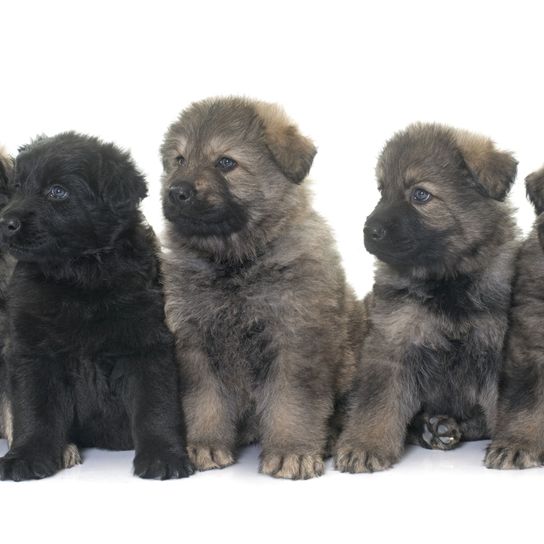
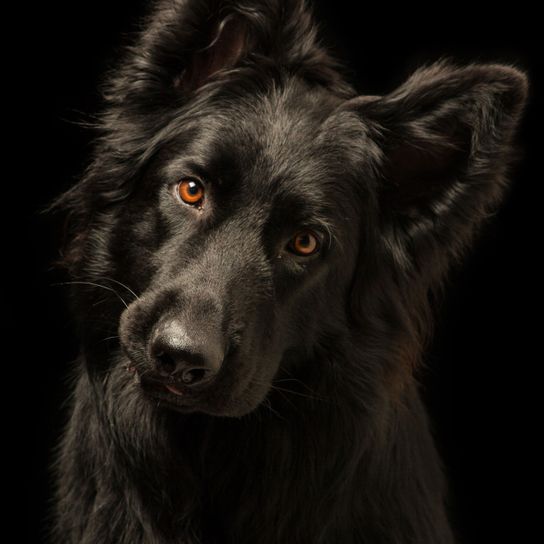
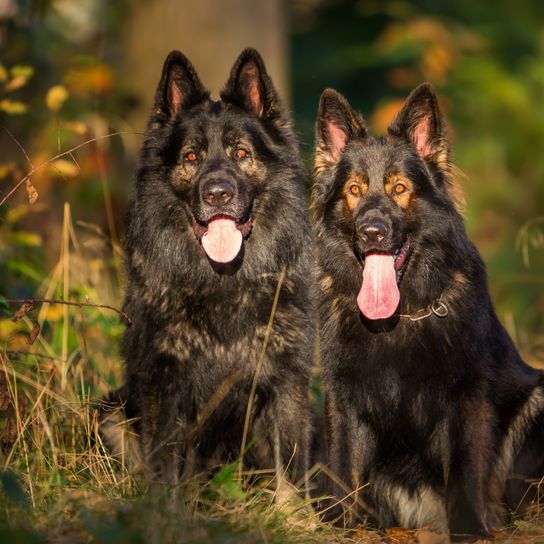
| Alternate Name | - |
| Origin | Germany |
| Life expectancy | 10 - 13 years |
| Care requirements | high-maintenance |
| Activity level | high |
| FCI group | not recognised |
| AKC group | not recognised |
| KC group | not recognised |
Old German shepherd mixes
Attitude, character and temperament of the breed
What are typical character traits of the Old German Shepherd?
- intelligent
- self-confident
- especially alert
- innate protective instinct
- faithful
- friendly
- balanced
- nerves of steel
Old German Shepherds are described as loyal, alert and nerves of steel. Their character corresponds to a large extent to that of a German shepherd dog. With their reliability and resilience they are also suitable as watchdogs, guard dogs, service dogs and herding dogs. However, the Old German Shepherds are considered to be friendlier and more balanced. They have a higher threshold of irritation and are not easily upset. This makes them popular as companion and family dogs.
Character
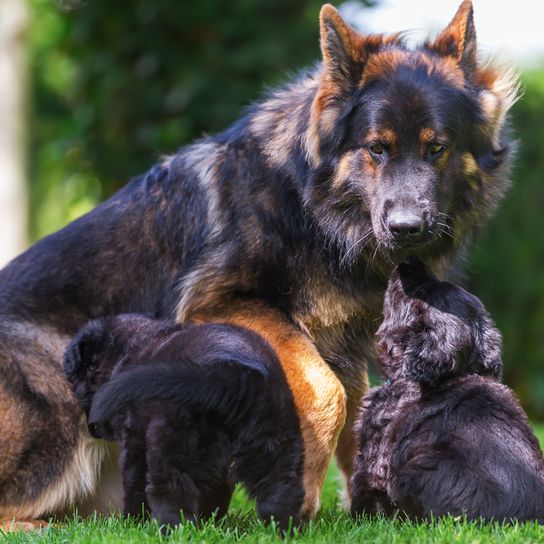
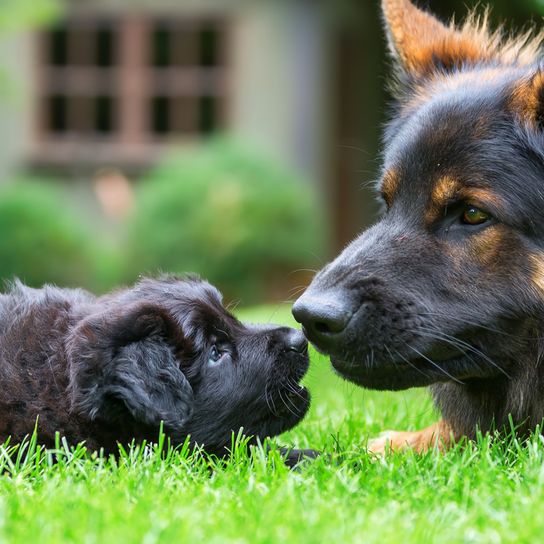
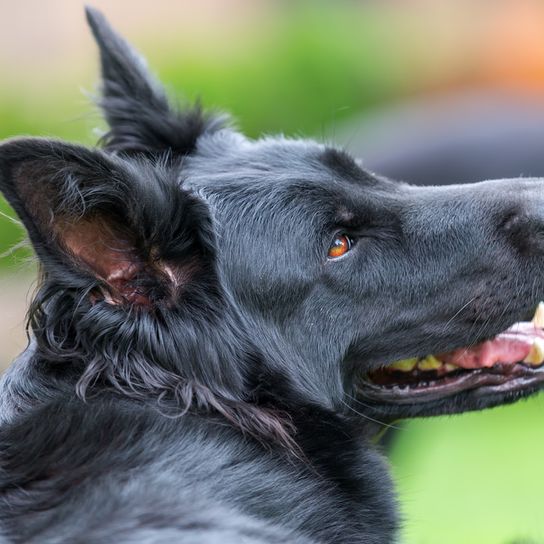
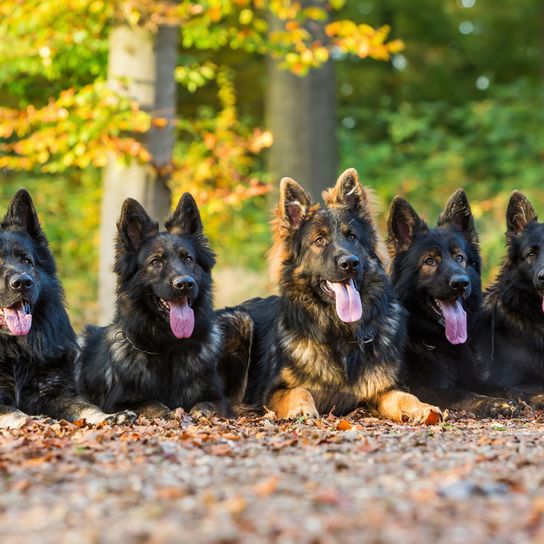
What are typical diseases of an Old German Shepherd dog?
These typical diseases can occur in Old German Shepherds:
- Hip joint dysplasia (HD)
- Elbow dysplasia (ED)
- degenerative lumbosacral stenosis (DLSS) or cauda equina syndrome
- degenerative myelopathy (muscle atrophy)
- congenital vestibular syndrome (malformation of the inner ear)
- pancreatic insufficiency
- polyneuropathy
- eye diseases
- allergies
Since Old German Shepherds are one of the large dog breeds, they can typically have diseases that affect the bone structure. One troublesome issue is hip dysplasia (HD). Responsible breeders strive to eliminate this hereditary disease from their breedings. Elbow dysplasia (ED) is also more common. Other diseases that can occur are degenerative lumbosacral stenosis (DLSS), also called cauda equina syndrome, degenerative myelopathy (muscle atrophy), congenital vestibular syndrome, pancreatic insufficiency, polyneuropathy, eye disease, and allergies.
Old German Shepherd Dog breeding - where, how, what?
Some lovers of Old German Shepherds or long haired ones did not like to accept when their dogs were excluded from further breeding in 1930. They organized their own clubs and continued the breeding of longhaired shepherd dogs under the term Altdeutscher Schäferhund. After the re-admission of longhaired dogs in 2010, many breeders continue to hold on to the name Old German Shepherd Dog. In breeding Old German Shepherds, as with the German Shepherd, two lines have formed: performance breeding and high breeding (beauty breeding).
Buying an Old German Shepherd Dog
If you are looking for a family dog, a dog from the high breeding is the best choice.
Dogs from the performance breeding belong only in the hands of experienced dog handlers. They are intended for missions such as police, military or customs and must be trained with expertise. If you want a service and protection dog, you should take your Altdeutsche Schäferhund puppy from the performance breed. If you want to get an Old German Shepherd as a companion and family dog, you have to be aware: From its origin it is a working dog with a great urge to work and to learn. Short walks are much too little for Altdeutsche. If you acquire an Old German Shepherd, you must also be able to offer him the right keeping conditions. An Old German Shepherd costs about 1500Euro.

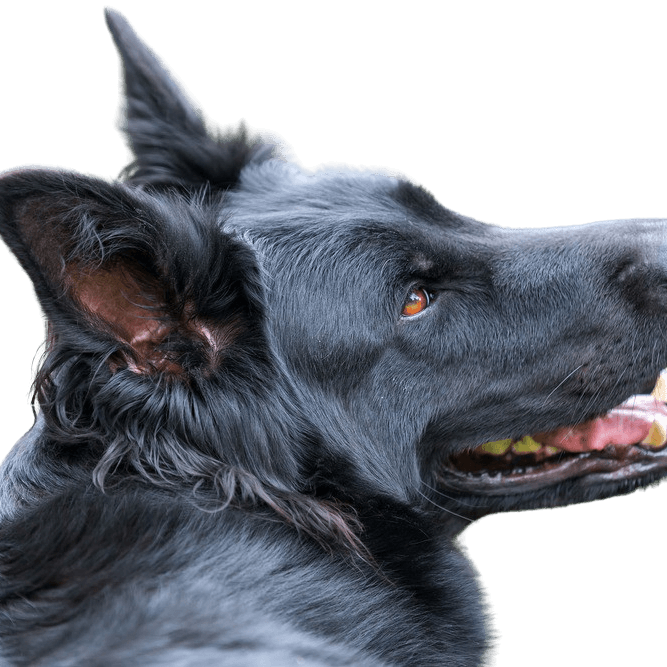
What are the breed characteristics of the Old German Shepherd Dog?
As already described, the Old German Shepherd Dog is not recognized as a breed by the FCI. Nevertheless, there are lovers of this breed who breed Old German Shepherds under this name. Apart from the hair length, these dogs are visually very similar to the well-known German Shepherd.
Appearance and coat
Like the German Shepherd, the Old German Shepherd has erect standing ears, a narrow muzzle, and a bushy tail that it carries hanging. He has the same alert, watchful look. It comes in the same colors:
- black-brown
- black-grey
- black-yellow
- black
- yellow
- grey
The Old German Shepherd Dog wears longcoat with undercoat. The length of his top coat is 5 to 10 centimeters. In the German Shepherd Dog, however, it is only 3 to 5 centimeters. Characteristic is the long top coat on the neck, which resembles a mane. Due to its long top coat, the Old German Shepherd appears stronger than the short-haired German Shepherd.
What is the size of the Old German Shepherd?
The Old German Shepherd belongs to the large dog breeds. The height at the withers of the males is 60 to 65 centimetres, the height of the females is 55 to 60 centimetres.
How much does he weigh?
Males weigh about 35 to 45 kilos. Bitches weigh 25 to 35 kilos.
How old does an Old German Shepherd become?
Compared to other dog breeds, Old German Shepherds have a medium to longer life expectancy. Although they are one of the larger and heavier dog breeds, they can live up to 13 years, sometimes older.
Life expectancy: 13 years
| Fur length | long |
| Fur | flat coated |
| Ear shape | Standing Ears |
| Tail | fanned out |
| Anatomy | rugged |
| Size ♀ | 55 - 60 cm |
| Weight ♀ | 25 - 35 kg |
| Size ♂ | 60 - 65 cm |
| Weight ♂ | 35 - 40 kg |
| Suitable For | - |
Colors
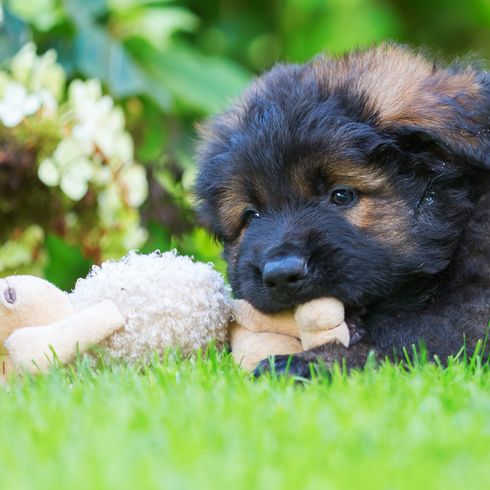
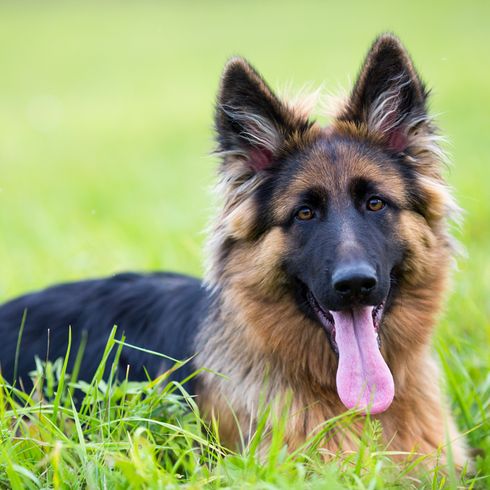
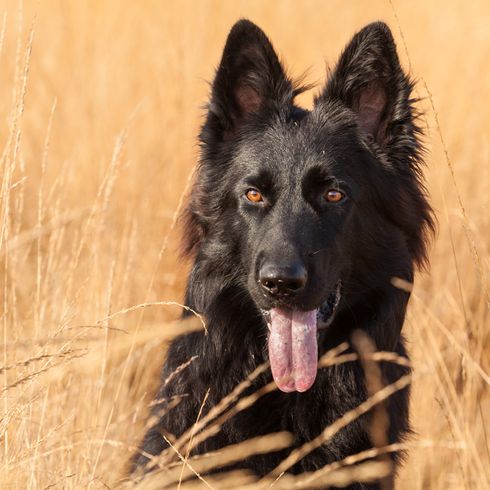
Known Diseases
Hip dysplasia (HD)
Hip dysplasia (HD) is a genetic condition in dogs where the hip joint is not shaped properly. This leads to pain, stiffness and restricted movement.
Elbow dysplasia (ED)
Elbow joint dysplasia is a chronic disease complex of the elbow joint of fast growing dog breeds.
congenital vestibular syndrome
hereditary disease of the inner ear
Allergies
Can occur in a number of breeds, regardless of genetic makeup.
Eye diseases
Often occur with allergies and intolerances.
Myelopathy
Degenerative myelopathies of dogs are a series of slowly progressing neurological diseases associated with destruction of the spinal cord. These diseases are associated with slowly progressive movement disorders of the hindquarters.





